Indian philately is as vast as the Indian subcontinent and as eclectic as its culture. Indian stamp collecting has always been a favorite among philatelists because of its fascinating history rooted in its ethnic and colonial influences.
India’s modern postage stamp issues are also a source of philatelic curiosities.
Postal history of India
The ancient Indian Empire was so vast that it once covered the area of modern day Pakistan. The Indian subcontinent was the cradle of civilization in South Asia.
The Indian postal history was well-organized as early as 14th century. Messenger posts were established all through out the empire. Running couriers carried letters and small parcels from one post to another.
Each courier held a wooden rod adorned with copper bells. As he ran towards the next post, the bells signaled his arrival and the next messenger was prompted to get ready. The message was passed on from one courier to the next until it reached its destination.
In 1764, the British East India Company founded post offices in Mumbai, Kolkata, and Chennai for their communication system in trading. Runners were still employed to carry out their letters. This kind of postal service endured for another century.
The year 1850 marked the major reforms in India’s postal history. The new postal system was patterned after the proposal of Sir Rowland Hill that mail should have prepaid rates. A few years after, India issued Asia’s first postage stamp. Running messengers were replaced with couriers on horseback.
After a series of political upheavals, the official Indian definitive stamp was born in 1852. The contemporary Indian postal system is called the Department of Posts, popularly known as the India Post.
Famous postage stamps of India
Rare Indian stamps are always a treasure to behold. They are one of the few surviving artifacts to an old world that is full of mystic. The same way, modern Indian postage stamps have avant garde features that philatelists just love to have.
British India postage stamps
• Scinde Dawk
The middle of 18th century was the height of the British colonization in India. In 1852, the first Indian postage stamp, the Scinde Dawk, was issued. It was red, circular, and had a value of ½ anna. However, the Sindh Dawk postage stamp was only a semi-postal. It was not an official postage stamp.
The issuing of Scinde Dawk stamps were halted two years after. At present, the stamp catalogue price for these rare Indian stamps is around US $700 to $10, 000 for the used stamps and £65,000 for the mint ones.
• Indian Queen Victoria postage stamps
After the circular Indian stamps came the series of Queen Victoria stamps.
These Indian stamps adorned with the profile of Queen Victoria on the stamp design were printed at the De La Rue in England.
The 1854 Indian Queen Victoria postal stamp with a face value of 4 annas was one of the world’s bi-colored stamps. The other known specimen of a two-colored stamp was the Basel Dove postage stamp from Switzerland.
Stamps of the Republic of India
After two centuries of British rule, India finally gained independence. Three different stamp issues, printed with “India Postage”, were launched in 1947.
The first Indian official stamp had an Indian flag design, it was meant for international mail.
The second stamp bore India’s national emblem, it was used for local mail. While the third postage stamp depicting a Douglas CD-4 airplane was intended for airmails.
Commemorative stamps of India
The first handful of Indian postage stamps were actually commemorative stamps such as the 1949 Universal Postal Union 75th anniversary stamp, the Mahatma Gandhi 1948 memorial stamps.
It was followed by another Indian commemorative stamp during the Republic of India’s inauguration in 1950.
Indian revenue stamp
India has been issuing revenue stamps since its British colonization. Indian revenue stamps were printed with the country’s national emblem.
Indian tax stamps were also issued to provide funds for Pakistani refugees. These are commonly called the refugee relief stamp.
India has also issued stamped papers, a sheet of paper with intricate designs at the header. This serves as the document’s stamp.
Indian sheet papers and revenue postage stamps are widely collected by philatelists who specialize in cinderella philately.
Unusual Indian postage stamps
Indian stamp collecting does not stop at the old postage stamps of India. Some philatelists claim that the modern Indian stamp issues are more interesting to acquire because of their unconventional designs.
• Indian Braille stamps – The Louis Braille postage stamps released in 2009 were printed with raised dots.
• Indian scented postage stamps – these Indian stamps were infused with a sandalwood fragrance.
How to collect Indian postage stamps
Indian philately is accessible to all levels of stamp collectors because there are plenty of Indian philatelic bureaus all over the country. This is where you can buy philatelic stamps, souvenir sheets, Indian first day covers, and stamp brochures. The Indian Philatelic bureau is available in India Post branches in major cities.
Philatelists abroad can request for a copy of the complete list of Indian postage stamps through this address:
The Director,
Mumbai GPO,
Mumbai, Maharashtra,
India
To get a copy of the Indian philatelic news letters, one may email [email protected]
Another stamp collecting publication called “India’s Freedom Struggle through India Postage Stamps” is printed in Hindi and in English. Indian stamp collectors who are overseas can email [email protected] for a copy.
The Indian philatelic bureau is probably the best place to find mint postage stamps. However, you might need to find a stamp dealer if you want to pursue a used stamp collection.
You can find good stamp dealers from the Philatelic Congress of India. Aside from being the secondary market for Indian philatelic items, the PCI also gives advices to new stamp collectors. If you wish to know more about Indian stamp collecting, you may email [email protected].


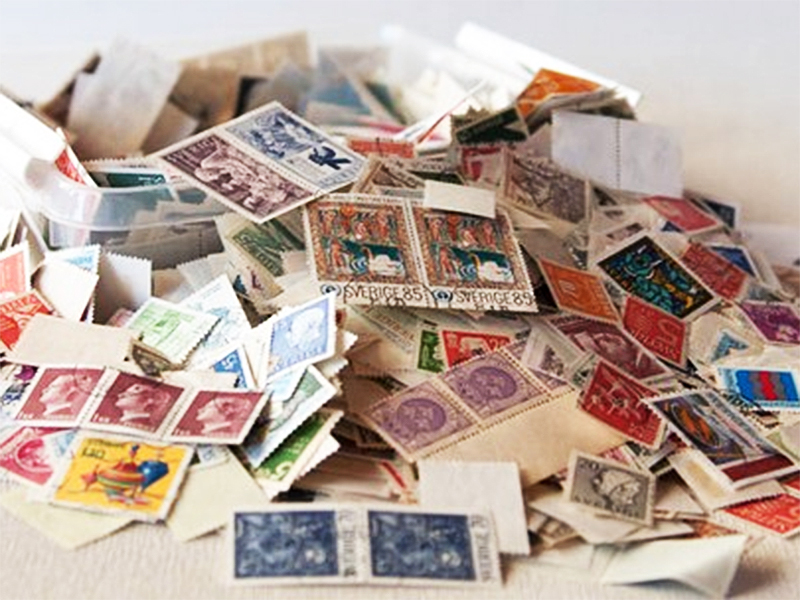
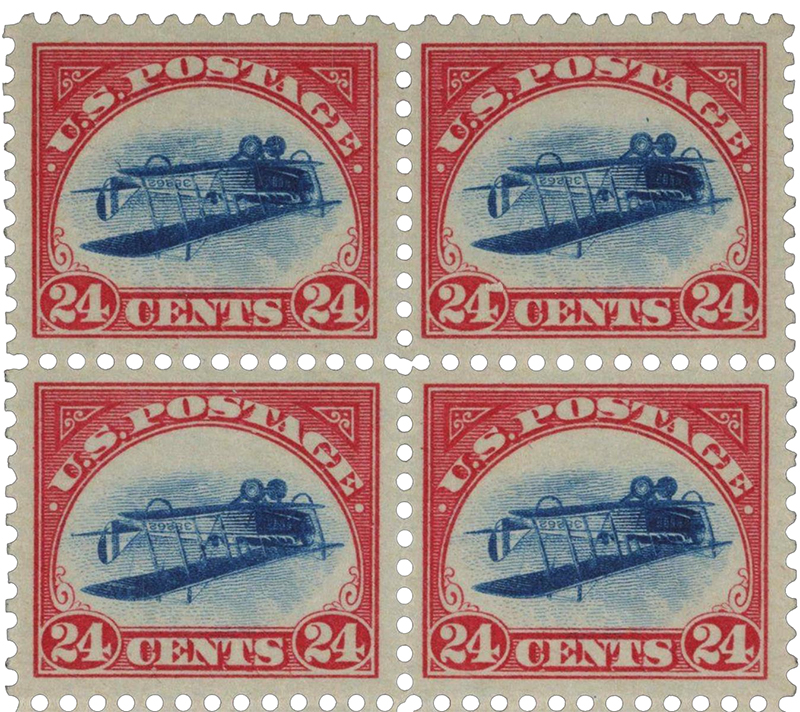
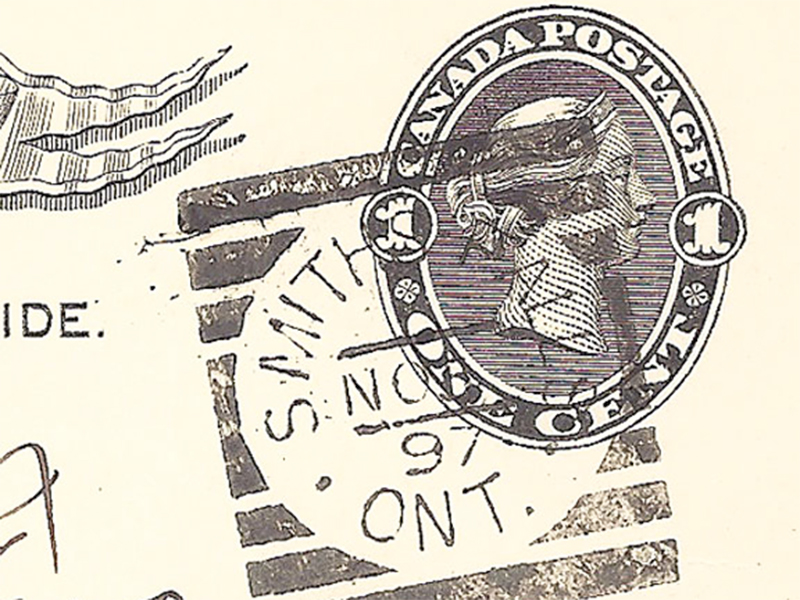
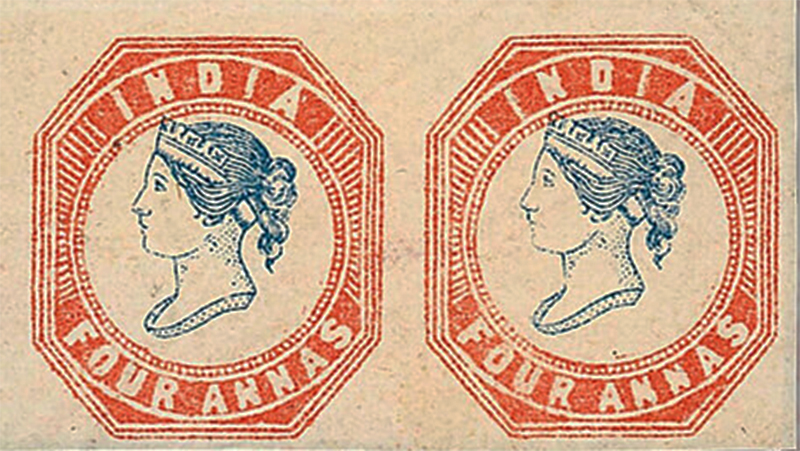
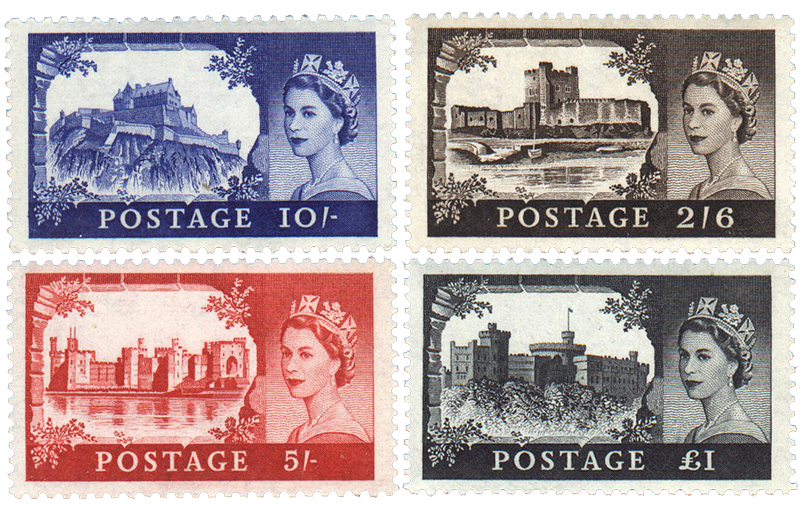




Leave a Reply